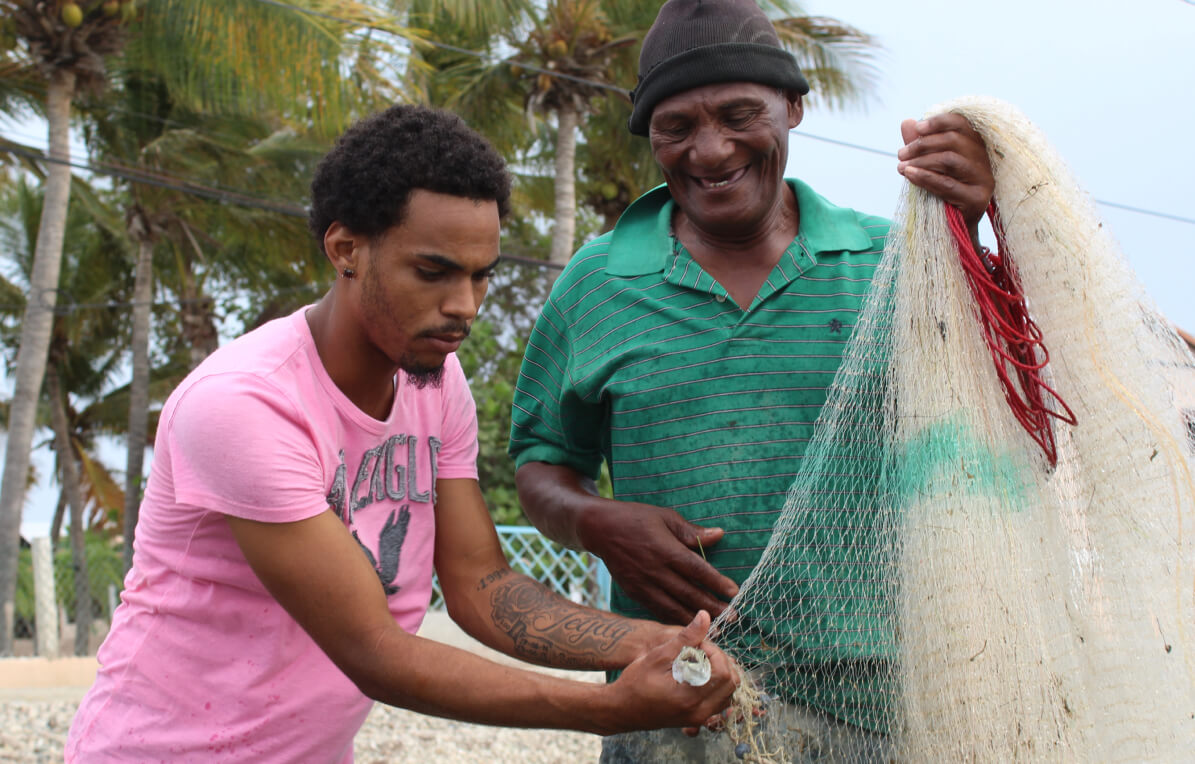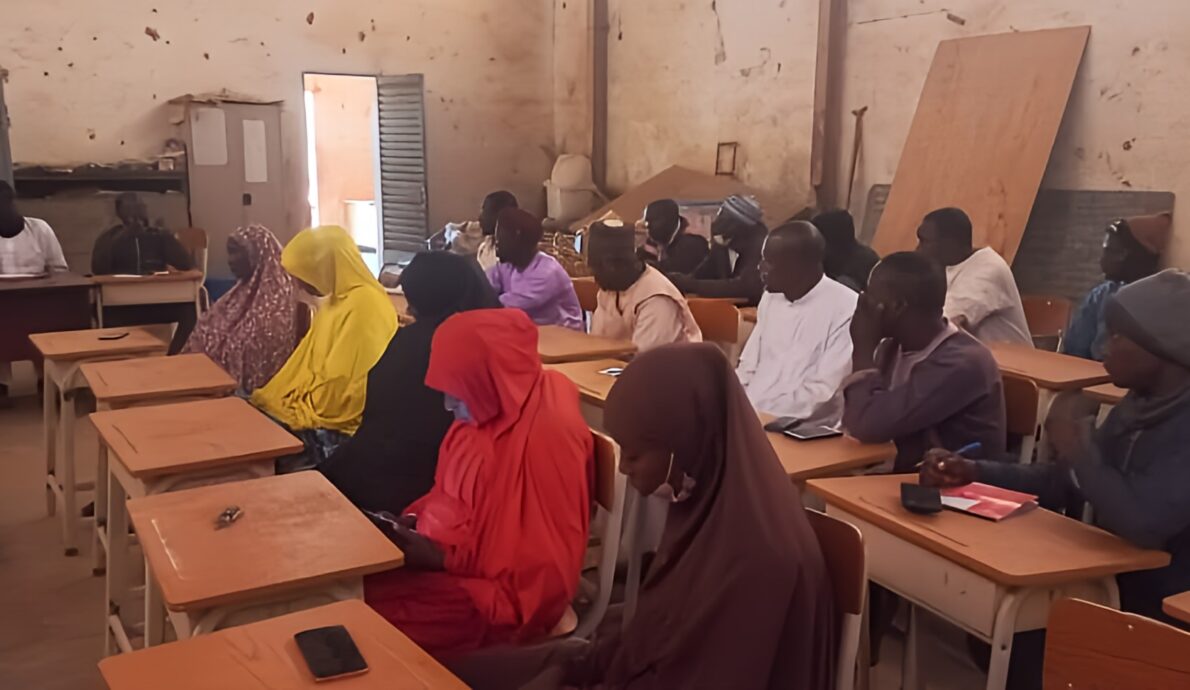May 15, 2018
On a bright Tuesday morning in downtown Washington, policymakers, analysts, and practitioners gathered for a Counterpart Convening, the second event in a series of discussions on emerging issues in the field of global development. The event, “Violent Extremism and Stabilization: A View from the Ground,” presented an opportunity for a diverse group of development, defense, and foreign policy professionals to openly exchange new ideas on how we can best achieve results in the realm of Countering Violent Extremism (CVE).
According to a recent World Bank study, violent conflict is increasingly recognized as a critical obstacle to reaching the Sustainable Development Goals by 2030. Competition over limited resources, power sharing dynamics, and relative deprivation are just some of the factors that are dividing communities and fueling instability.
“We’ve been mowing the grass for the last 15 years and the field is getting larger,” said Russell Porter, Senior Coordinator for Countering Violence Extremism at the United States Agency for International Development (USAID), describing the scope of the CVE challenge and calling for a more comprehensive approach.
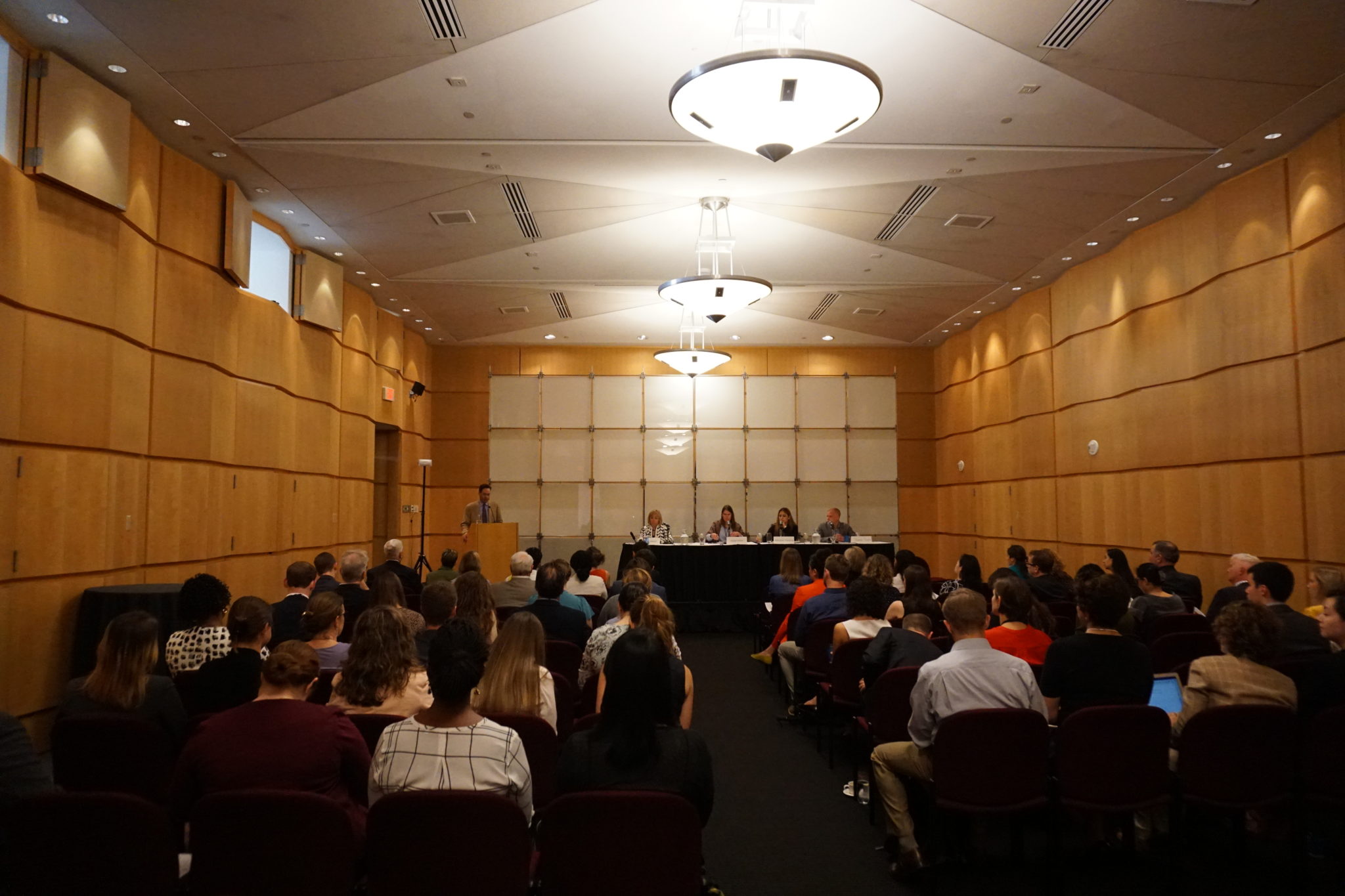
Russell Porter, USAID’s Senior Coordinator for Countering Violent Extremism, delivers opening remarks. Mr. Porter’s emphasis on addressing underlying grievances was a recurring theme of the discussion.
Civil society first
“We want to intentionally focus on the drivers of violent extremism,” said Porter. He cited a recent United Nations Development Program (UNDP) report that surveyed former fighters in extremist groups, finding that grievances toward government, a lack of trust in government or security forces, and specific triggering government actions were the major factors influencing an individual to join a violent extremist group.
When people feel left out by their governments and not heard, that exclusion can escalate to the violent expression of their interests. “Why do extremists have support? These questions go back to the fabric of the community,” said Shands Pickett, Director of Analysis and Technology at Development Transformations.
Counterpart and Development Transformations were natural partners to co-host this discussion. Pickett emphasized why we need to take a “hyperlocal” and “humble” approach to CVE, while Counterpart Executive Vice President Ann Hudock remarked that our work must forge social partnerships that drive forward the changes necessary as defined by the people in the affected communities.
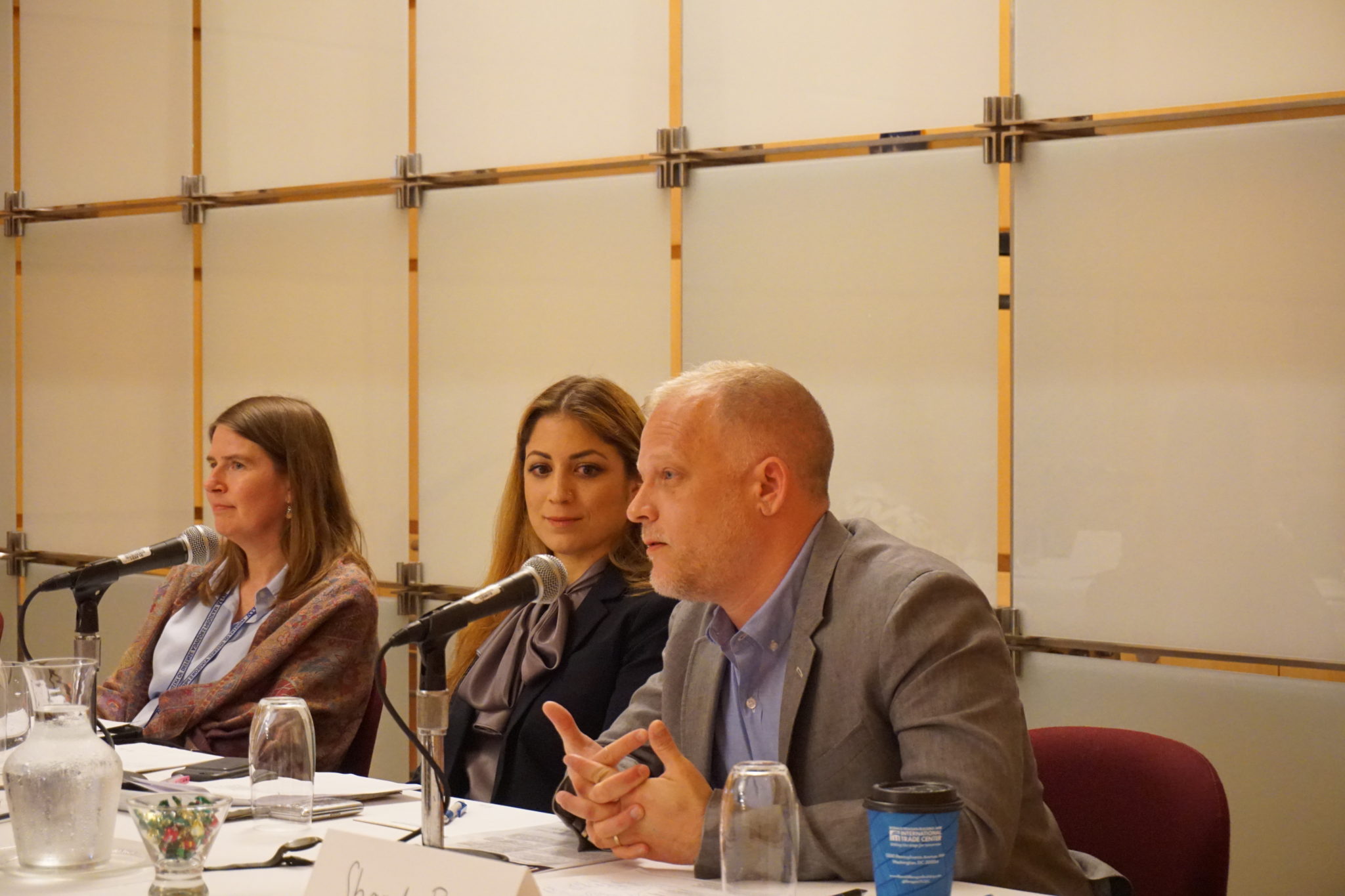
Shands Pickett, Director of Analysis and Technology at Development Transformations, discusses the necessity of taking a hyperlocal and humble approach to countering violent extremism.
Key to understanding local community dynamics around CVE is the role of women in society. On a recent trip to Niger, Counterpart’s Technical Director of Peace and Security Mehreen Farooq spoke with young women who were targeted for recruitment by Boko Haram. The young women said they were frustrated with their own lack of power and agency within their traditional families. As the local security situation deteriorated and the young women could no longer attend school or participate in income-generating activities, Boko Haram could manipulate this frustration to lure them into its violent organization.
“In Niger, vicious gangs have been formed by unemployed youth,” Farooq explained. “Political grievances create ripe opportunities for radical groups.”
“Violence is an easy fix,” continued Farooq, while “building resiliency means empowering local communities to respond to these issues.” Key to building community resiliency is empowering women, and practitioners need to think more creatively about how to accomplish this.
“It’s very hard to take someone who has been radicalized, who has had a gun, and put them into a seamstress or hairdressing position,” remarked Hudock, addressing common income-generating activities that are often encouraged by international programs.
Just as “gender dimensions of [CVE] are often overlooked,” there is an urgent need for “unlikely and often uncomfortable partnerships” to address CVE in an effective way, said Hudock.
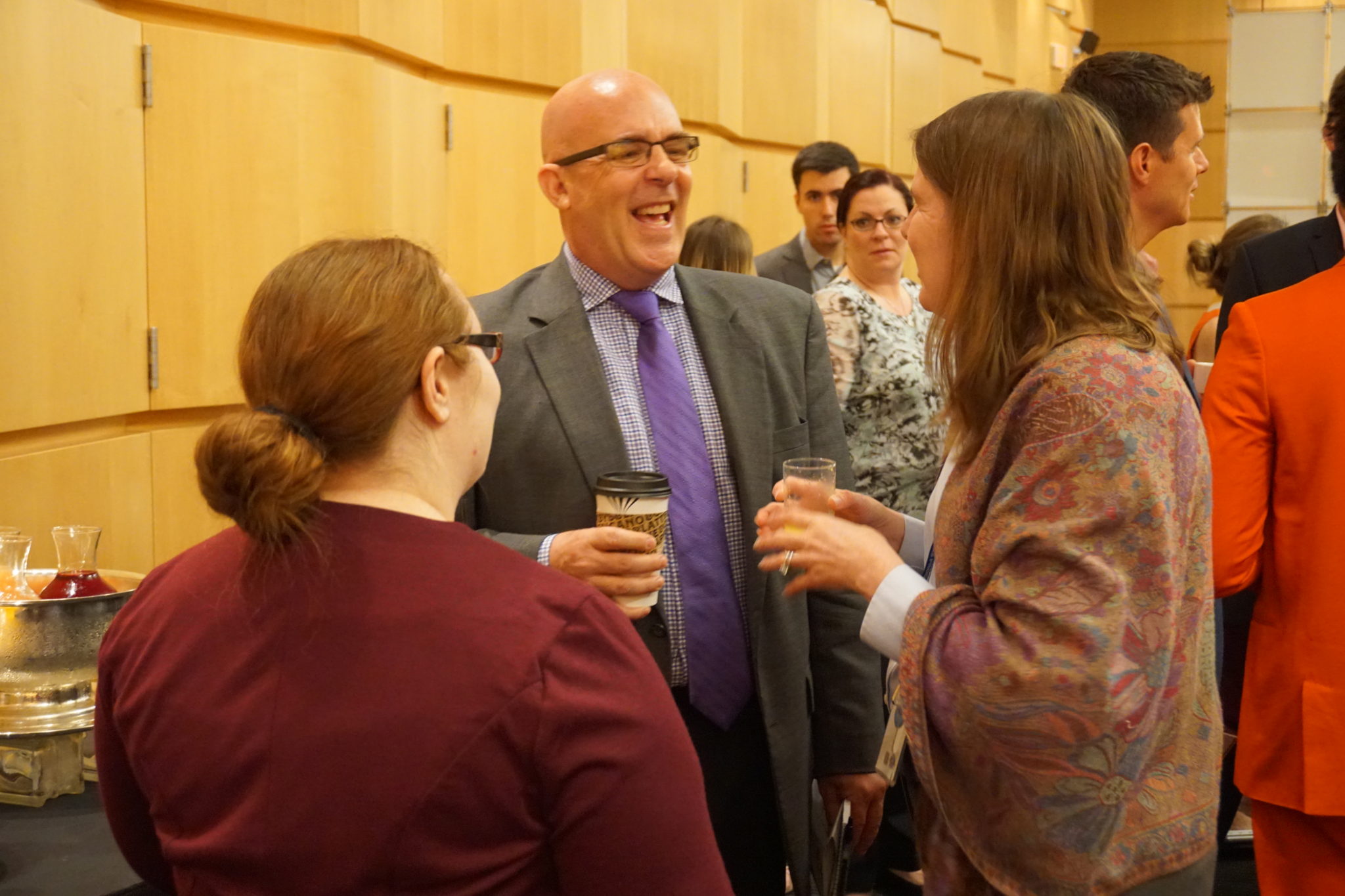
The event gave attendees and panelists the opportunity to network and discuss collaboration in CVE
Inter-governmental collaboration
“People know what a vaccination program looks like; they know what an elections program looks like,” said Porter. “What does a CVE program look like?”
Large government entities like USAID, the Department of State, and the Department of Defense traditionally have specific outcomes they drive their programs to achieve. However, the confluence of social, political, economic, and other factors in CVE means that “you can’t just separate out what AID does from State from DoD,” said Porter. “We need to look at this together as a whole,” he continued, emphasizing the need to build outcomes-driven programming and draw on development, diplomacy, and security best practices.
Oliver Wilcox, Deputy Director of CVE at the U.S. Department of State, discussed where CVE fits within the State Department’s broader strategy: “CVE is obviously part and parcel of counter terrorism and part of our national security approach.” The 2017 U.S. National Security Strategy provides a helpful foundation for this collaborative approach, laying out a broad framework for the U.S. government to “pursue threats to their source” by marrying direct action with community-based efforts.
Kelly Uribe, Senior Stabilization Advisor to the Deputy Assistant Secretary of Defense, discussed challenges facing the agencies addressing conflict. “I remember in an exasperated moment, an Assistant Secretary [of Defense] declared, ‘We have got to quit mowing the grass,’” explained Uribe, recalling that USAID’s Porter used the same metaphor today. This former assistant secretary “spent most of his days thinking about targeting violent extremists,” explained Uribe. “It’s easy to attack, to destroy, to kill, but how do we stabilize? That’s extremely complex.”
This is a question Uribe and her colleagues have sought to answer through the seminal Stabilization Assessment Report (SAR), which Pickett likened to “a gift on Christmas morning.” Clearly, this strategic direction on CVE and stabilization from the Department of Defense was sorely needed to help show the way forward on inter-governmental collaboration on these issues.
Underlining this collaborative approach to learning best practices, USAID is looking at what other donors like the UN, Canada, and the U.K. Department for International Development (DFID) are doing on CVE. Pickett explained that “groups who, three to four years ago, would have nothing to do with CVE because it was too risky” now recognize that development has an important role to play.
That said, Pickett emphasized that donors do need to be deliberate in their approach. “For donors, please bear in mind that you can’t just cut and paste indicators and apply them in a local community and hope for the best,” he said.
Moving forward with innovation
How do we take the learnings of our respective organizations and drive a new systemic approach to CVE? Participants at the Convening raised important points to guide the way forward.
Pickett shared that Development Transformations had worked with partner organizations to automate data collection in the field. This is especially important in the realm of CVE, where security situations on the ground can quickly shift. Wilcox recommended that practitioners look into the RESOLVE network from the U.S. Institute of Peace (USIP) as a way to share research and analysis with host governments in a systemic way, especially in a stabilization context.
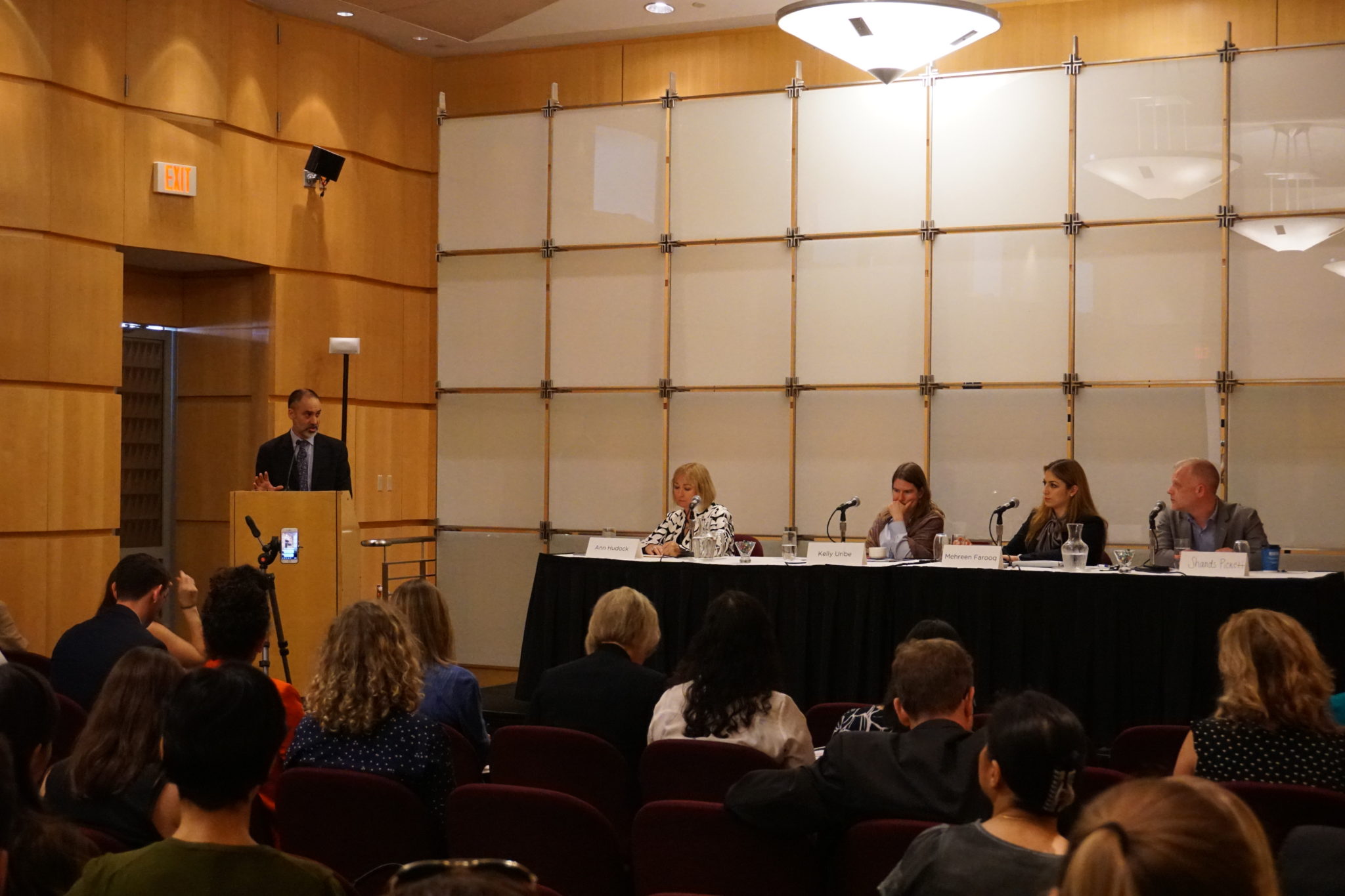
In his closing remarks, Oliver Wilcox, Deputy Director for Countering Violent Extremism at the State Department, emphasized the importance of combining defense, diplomacy, and development to foster long-term stabilization.
Talking about collaboration with USAID and DoD, Wilcox reminded us that the State Department is “very focused on assistance down at the field level, which is obviously where the rubber hits the road.” When looking holistically at CVE, the State Department tries “to use our diplomatic engagement, either bilaterally or multilaterally, to advance the idea that there are certain policies and practices that states may adopt that are actually feeding the radicalization and recruitment problems.” Working with local governments and communities in conflict is, as each of our speakers remarked, vital to the success of CVE programming.
Farooq noted how we can study the history and dynamics of other conflicts to learn more about ways to bring people together, referencing the use of interfaith convenings and policy efforts in the U.S. as one example. These programs show how diverse groups of citizens can have a sense of agency and collaboration to move forward and address CVE together. As Wilcox reminded us, this type of collaborative engagement between government and citizens on CVE is key to identifying shared priorities and giving citizens agency to hold government officials accountable.
Counterpart is honored to have had the opportunity to bring key CVE actors together to discuss the way forward, and looks forward to continuing this discussion with our partners here in DC and around the world.
To view the full archived video of the event, visit our Facebook page.
The next Counterpart Convening will focus on Digital Security in Closing Civic Spaces. Sign up here to receive updates about this upcoming event and future events in the Counterpart Convenings series.
At the event, Shands Pickett shared two of DT’s CVE-related publications. Please use the following links to access PDFs of the documents:


